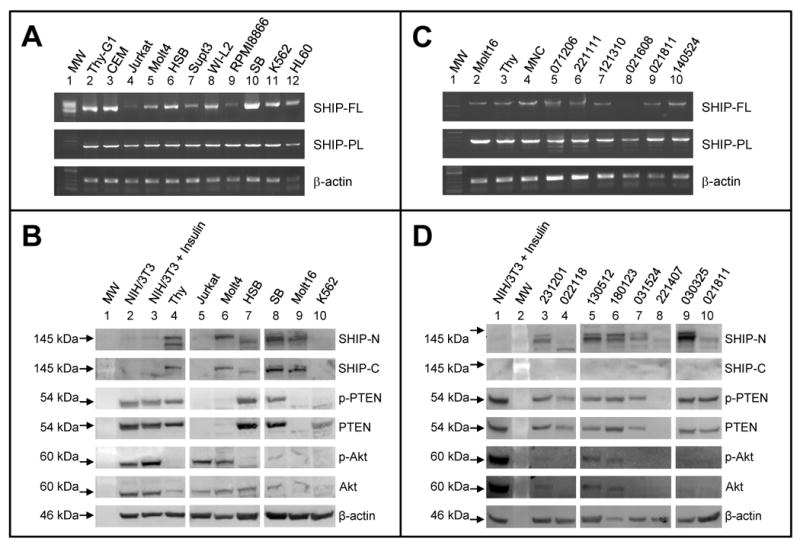Fig 1. Expression of SHIP1 transcript and SHIP1 and PTEN protein in leukemia.

A. A single SHIP1 amplicon is observed from most leukemia cell lines and normal cells when amplifying with either a full-length (FL) or partial-length (PL) primer set.
B. SHIP1 protein was expressed at high levels in B-cell lines (SB, lane 8, Table 1), while T-cell lines have qualitatively lower levels of SHIP1 (lanes 5-7, 9), comparable to normal thymocytes (lane 4); no protein was detected in Jurkat or K562 cells. Also, consistent with its hematopoietic-specific expression profile, SHIP1 was not detected in NIH/3T3 cells. PTEN was phosphorylated in all cell lines where it was expressed except K562, but was undetectable in most T-cell lines. Akt at low levels was detectable in all cell lines, but activated in Jurkat, Molt4, SB, and Molt16. Insulin-treated and -untreated NIH/3T3 cells were used as controls for p-PTEN and p-Akt.
C. Full-length SHIP1 transcript was detectable in normal thymocytes and MNCs (lanes 3 and 4) and in many primary T-ALL (lanes 5-10), with shorter variants of weaker intensity also detectable in some samples (lanes 5 and 6). Some primary T-ALL that didn't amplify with the full-length primer set (i.e. lane 8) were amplifiable with a partial-length primer set, perhaps indicating usage of an alternative N-terminal.
D. SHIP1 protein was undetectable or only barely detectable in primary T-ALL when probed with a C-terminal antibody and undetectable or detected in truncated forms when probed with an N-terminal antibody (lanes 3-10), despite the presence of full-length transcript and its frequent expression in T-ALL cell lines. For comparison, SHIP1 expression in normal thymocytes is shown in Panel B (lane 4). PTEN protein was expressed in most primary T-ALL, unlike T-ALL cell lines, and present in the phosphorylated form. Akt was present in the activated phosphorylated form in ALL, in agreement with literature [3, 4]. MW, molecular weight marker.
